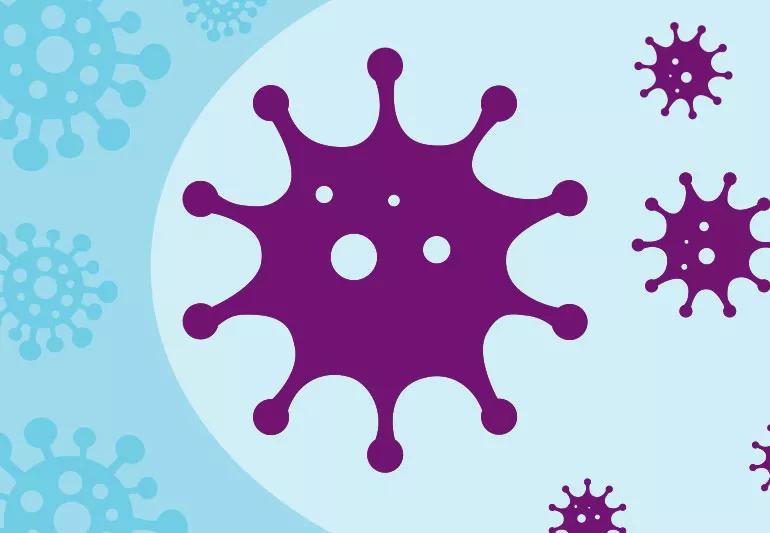And you already know how to protect yourself from it

Every time we turn around, there’s a new COVID-19 variant at the door. And with each one’s arrival, more panic seems to set in. While it’s natural to fear the unknown, it’s also good to know that the scientific community is monitoring all variants of COVID-19 in the United States and globally.
Advertisement
Cleveland Clinic is a non-profit academic medical center. Advertising on our site helps support our mission. We do not endorse non-Cleveland Clinic products or services. Policy
Infectious disease specialist Kristin Englund, MD, shares some insights about variant AY.4.2, also known as “Delta Plus,” and reminds us why we still need to be careful as we roll into the indoor months.
A: Mutations that occur when a virus makes copies of itself are quite common. Some mutations cannot survive, some have no effect and others can make a virus more transmittable or more severe. AY.4.2 is due to a mutation of the SARS-CoV-2 delta variant. The impact of this mutation is not quite clear yet.
A: AY.4.2 has been followed by the World Health Organization (WHO) since July and is present now in dozens of countries. Most of the cases have occurred in the U.K. but even there, it’s only present in about 6% of the cases. In the United States, it’s been present in less than 1% of cases.
A: The AY.4.2 variant has three mutations, with two of them being on the spike protein. The coronavirus uses the spike protein on its outer surface to infect cells by attaching to a protein called the ACE2 receptor that is found on the surface of the lungs and other cells.
A: Mutations can cause vaccine resistance. However, there is no evidence that the AY.4.2 variant is resistant to the vaccines that are currently available. The more people get vaccinated, the fewer mutations occur and the less likely we will see a variant that is vaccine-resistant.
Advertisement
A: As long as you are practicing the precautions already in place such as hand washing, masking, physical distancing and most importantly getting vaccinated, these appear to be as effective in preventing infection with AY.4.2 as with the delta variant.
A: The delta variant is transmitted much easier than the first COVID-19 virus. It has hit younger populations (people in their 30s through 60s) much harder. Children and teenagers are being infected and many of these infections are resulting in ICU admissions and even death. We just topped 5 million deaths worldwide from COVID.
Other ways that the delta variant differs from earlier versions of COVID-19:
A: COVID-19 symptoms can be difficult to differentiate from flu symptoms. That’s why we must remain vigilant about flu-like illnesses and assume that they could be COVID-19. Also, as we head indoors more, the risk for transmitting COVID-19 increases.
A: Ninety percent of patients who have been admitted to hospitals have been unvaccinated. Unvaccinated patients are dying every day. If vaccinated patients do get a breakthrough infection, they are much more likely to either have no symptoms at all or experience mild illness.
Advertisement
Learn more about our editorial process.
Advertisement

The short answer: It’s complicated, but the basic care precautions still prevail, like washing your hands and isolating if you’re sick

They can feel like a typical headache or a migraine headache, but the pain can last for weeks to months

Any large social gathering — from a family birthday party to an indoor music concert — has the potential to spread serious infection

It’s important to connect with a healthcare provider, get quality sleep and balance your activities with your energy levels

Just like the flu, COVID-19 will continue to evolve every year

The duration varies, but symptoms can linger for a few days up to a couple weeks or more

Vaccination is best for prevention, but if you get sick with COVID-19, treatments are available

The virus lives best in humans, but it can last on hard surfaces, like doorknobs and railings

Type 2 diabetes isn’t inevitable with these dietary changes

Applying a hot or cold compress can help with pain